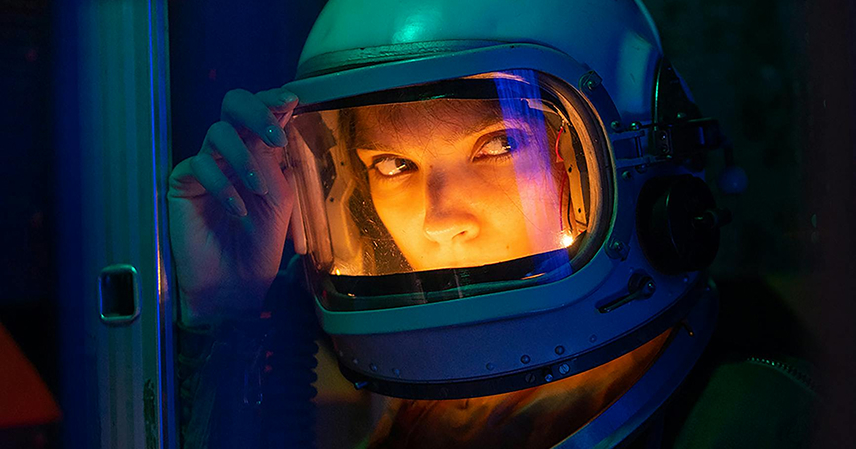The dream of space exploration has been reignited. With active missions aiming for the Moon and serious plans for Mars on the horizon, humanity is on the cusp of becoming a multi-planetary species. But beyond the engineering marvel of launching rockets, a new and far more complex set of challenges awaits us in the vast emptiness of space.
This isn’t just about getting there anymore; it’s about how we survive, thrive, and manage our presence in the cosmos. Let’s explore the greatest challenges of 21st-century space exploration.
## The Human Body: The Final Frontier 🧑🚀
The single biggest obstacle to long-duration space travel isn’t the hardware; it’s our own fragile biology. Outside the protective bubble of Earth’s atmosphere and magnetic field, the human body is pushed to its absolute limits.
- Cosmic Radiation: On a trip to Mars and back, astronauts would be exposed to significant levels of high-energy cosmic radiation. This dramatically increases the risk of cancer, cataracts, and degenerative diseases, and effective, lightweight shielding remains a massive technological hurdle.
- The Toll of Microgravity: Living in zero-g for months or years causes the body to break down. Astronauts experience significant bone density loss, muscle atrophy, and even changes to their vision and cardiovascular system. Counteracting these effects requires intense daily exercise and is a primary focus of research on the International Space Station (ISS).
- The Psychology of Isolation: The mental strain of being confined in a small space, millions of kilometers from home, is immense. For a Mars mission, the crew will be isolated for up to three years, dealing with a communication lag of over 20 minutes each way, making real-time conversation with Earth impossible. Maintaining crew cohesion and mental health is a critical challenge.
## The Tyranny of Distance: A New Way of Living 🛰️
A mission to Mars is not like a trip to the ISS; you can’t just send up a resupply ship if something breaks or you run out of food. Success depends on near-total self-sufficiency.
This has led to the crucial concept of In-Situ Resource Utilization (ISRU), or “living off the land.” Future astronauts will need to:
- Extract water from ice deposits on the Moon or Mars.
- Generate oxygen from the Martian atmosphere (as successfully tested by NASA’s MOXIE experiment).
- Use local soil (regolith) to 3D-print habitats and tools.
Mastering ISRU is essential to breaking our reliance on Earth and making long-term exploration feasible.
The vast sensor networks required for space missions have a terrestrial counterpart in citizen science. We now use the collective power of everyday devices for planetary-scale monitoring, such as the global smartphone network that functions as an Android earthquake alert system.
## The Cluttered Cosmos: A New ‘Space Race’ 🌍
The challenges aren’t just in deep space; one of the biggest is right here in our own backyard.
- Space Debris: Low Earth Orbit is becoming dangerously congested with tens of thousands of pieces of “space junk”—defunct satellites, spent rocket stages, and fragments from collisions. This debris travels at incredible speeds and poses a catastrophic threat to active satellites (including GPS and communication networks) and future launches.
- A Multipolar World: The new space race is not between two superpowers but a complex mix of nations (USA, China, India, UAE) and powerful private companies like SpaceX and Blue Origin. This raises urgent questions about space traffic management, international law, and the rights to mine resources on the Moon and other celestial bodies.
## Conclusion
The golden age of space exploration is upon us, but the path forward is fraught with challenges that are as much biological and political as they are technological. Protecting the human body, learning to live self-sufficiently off-world, and managing our activities in an increasingly crowded orbital environment are the great hurdles of our time. Overcoming them will require not just brilliant engineering, but a new level of global cooperation to ensure that humanity’s next giant leap is a safe and sustainable one for all.



